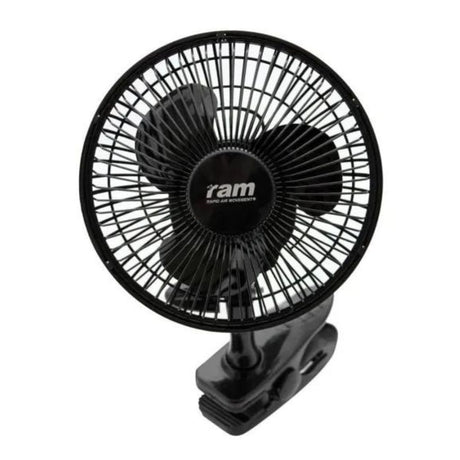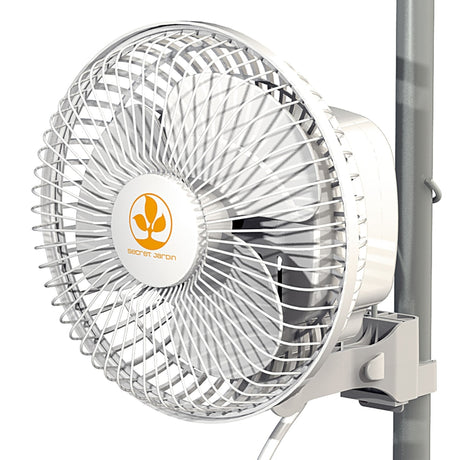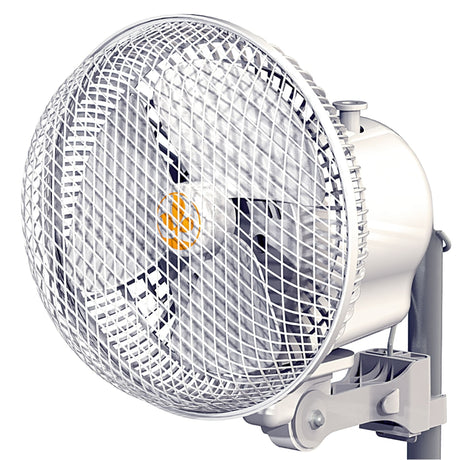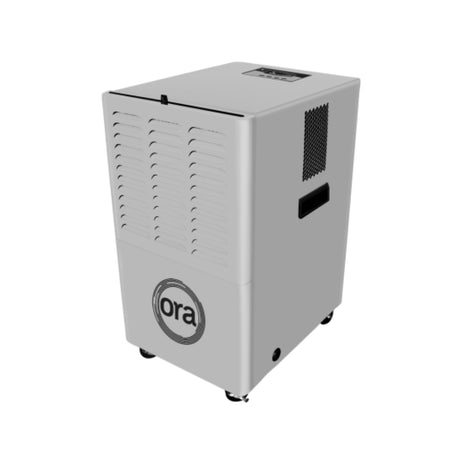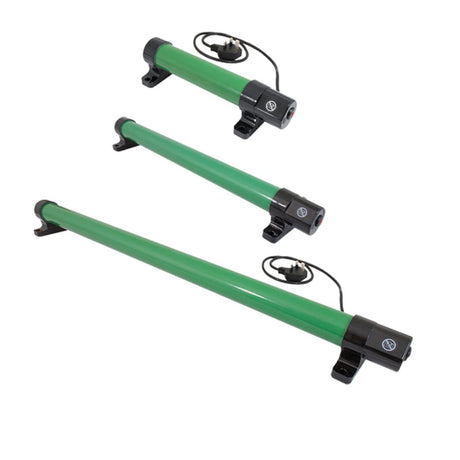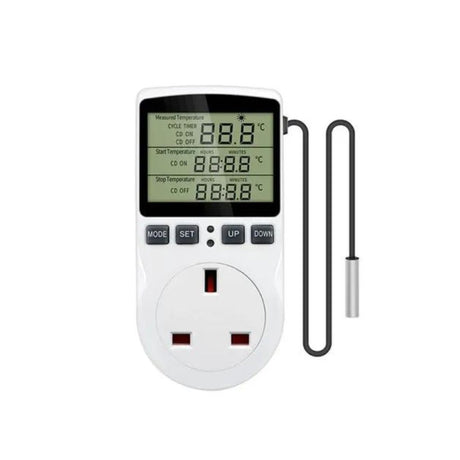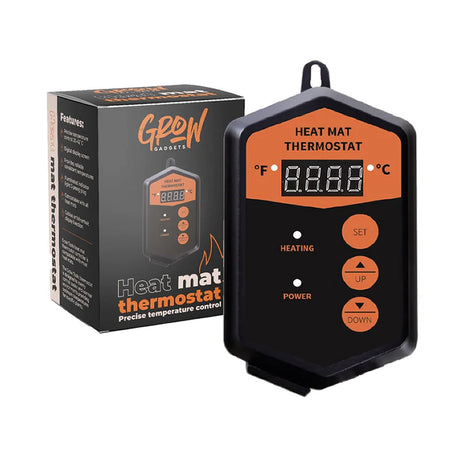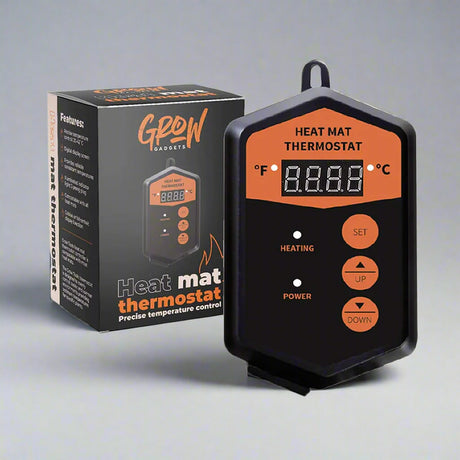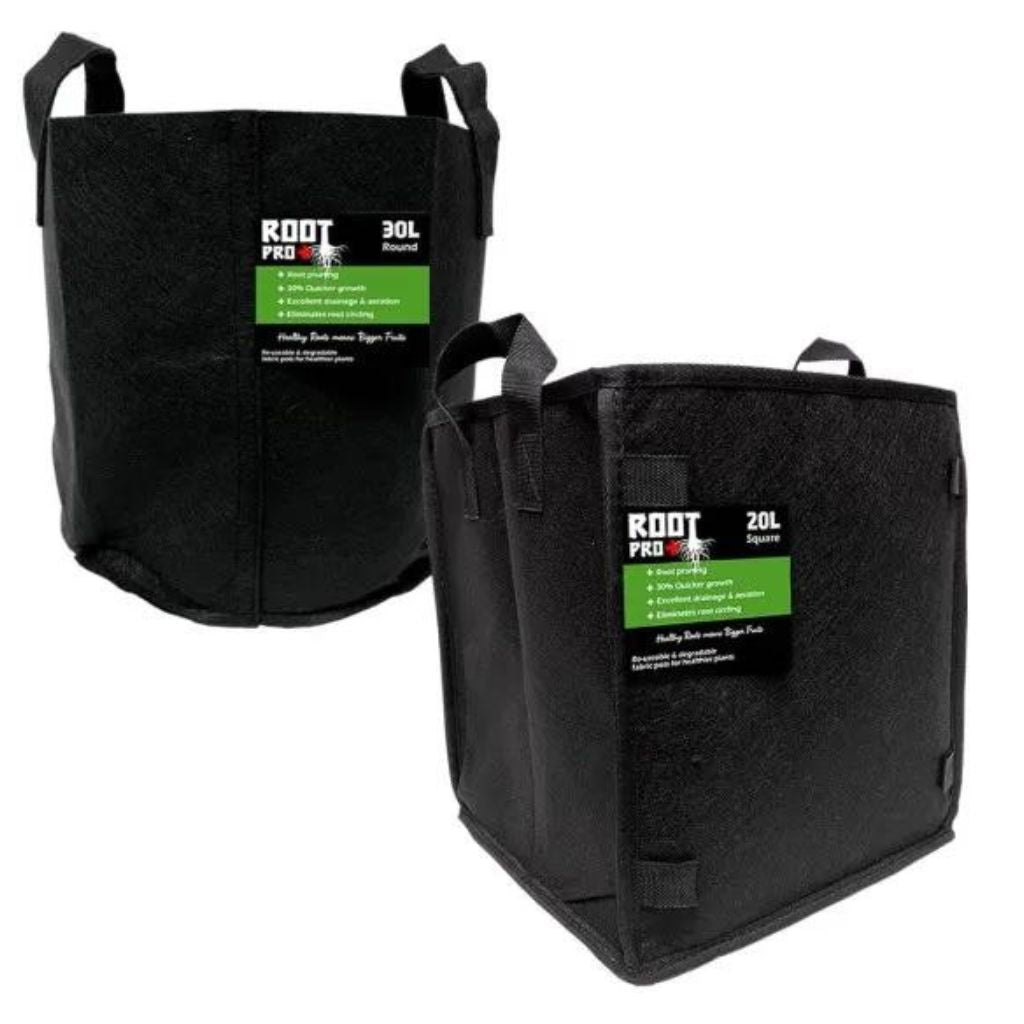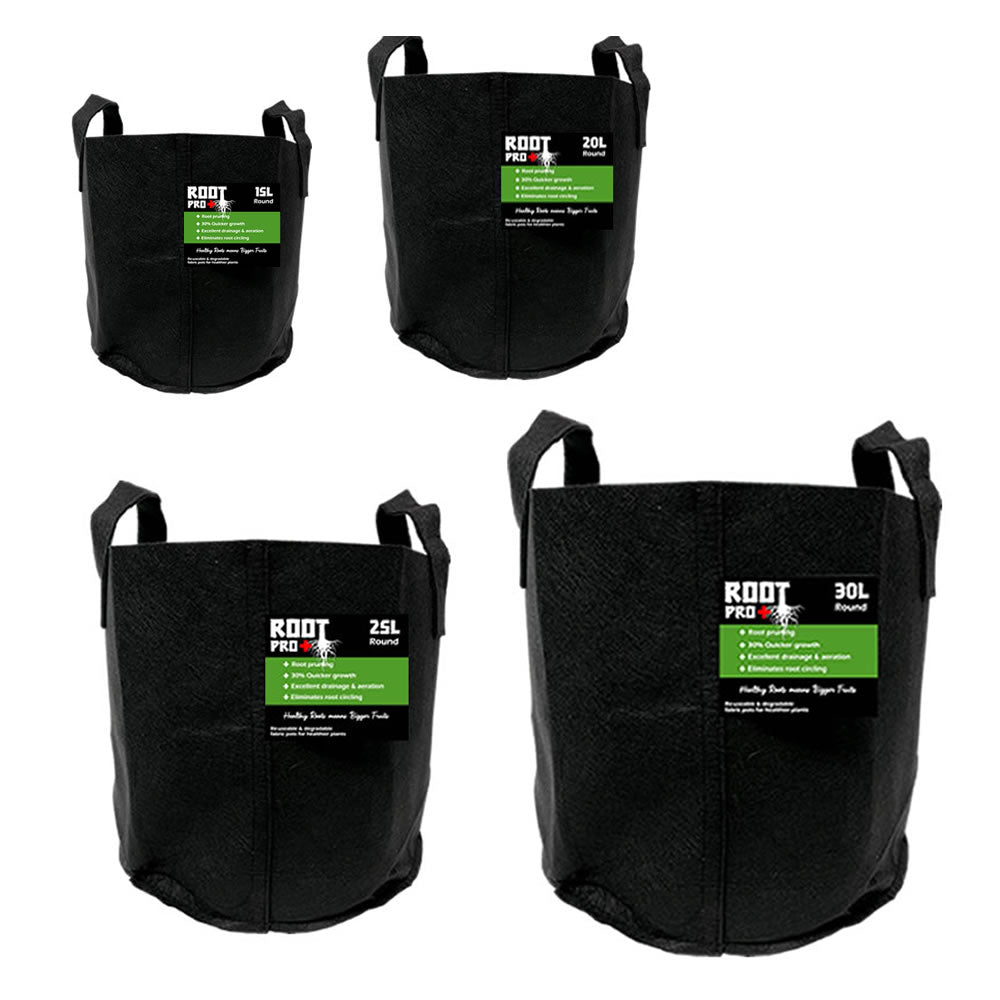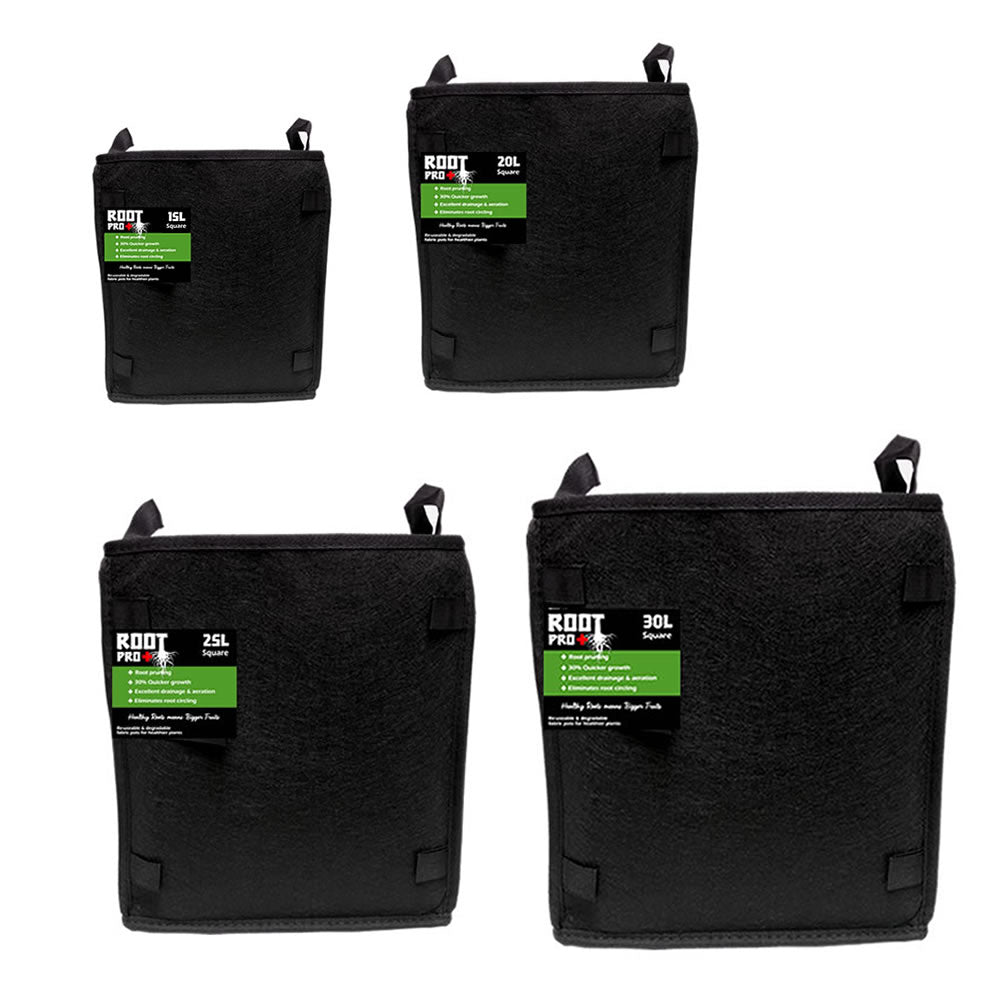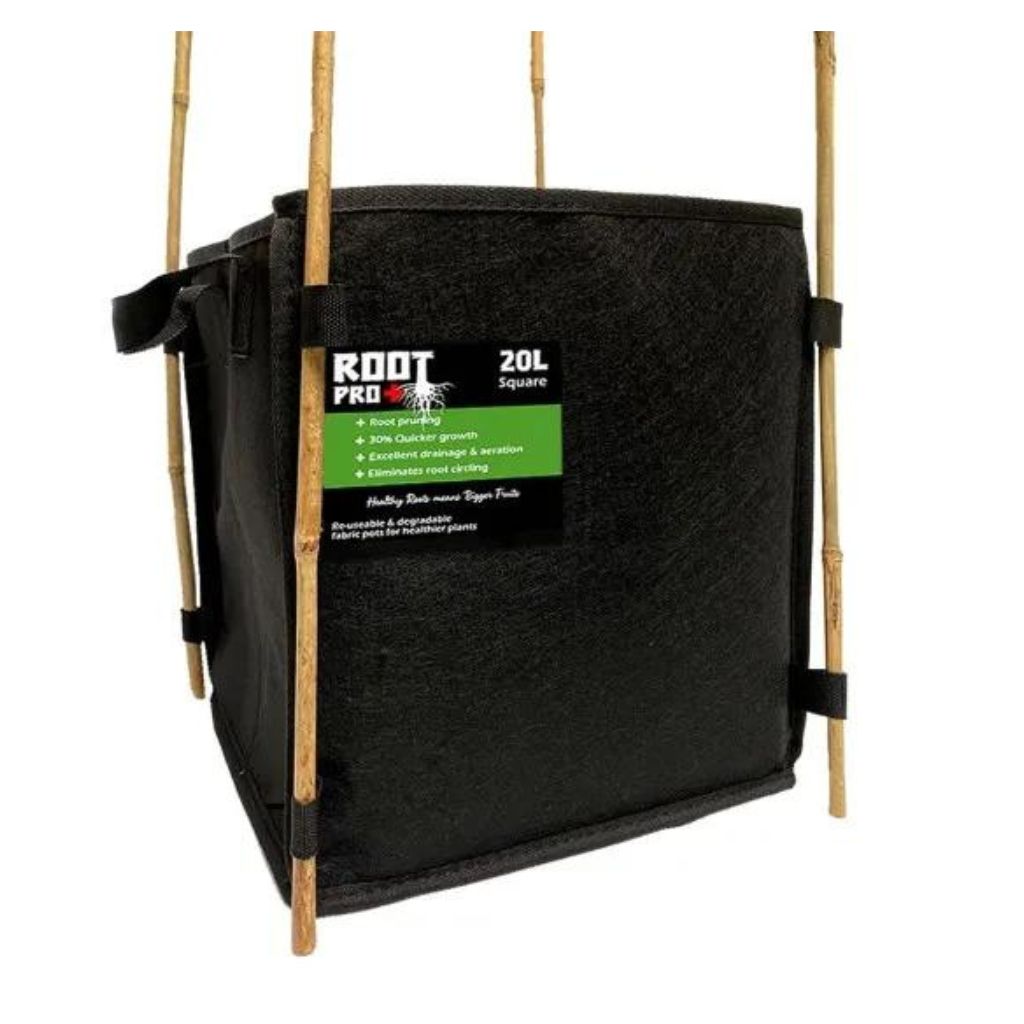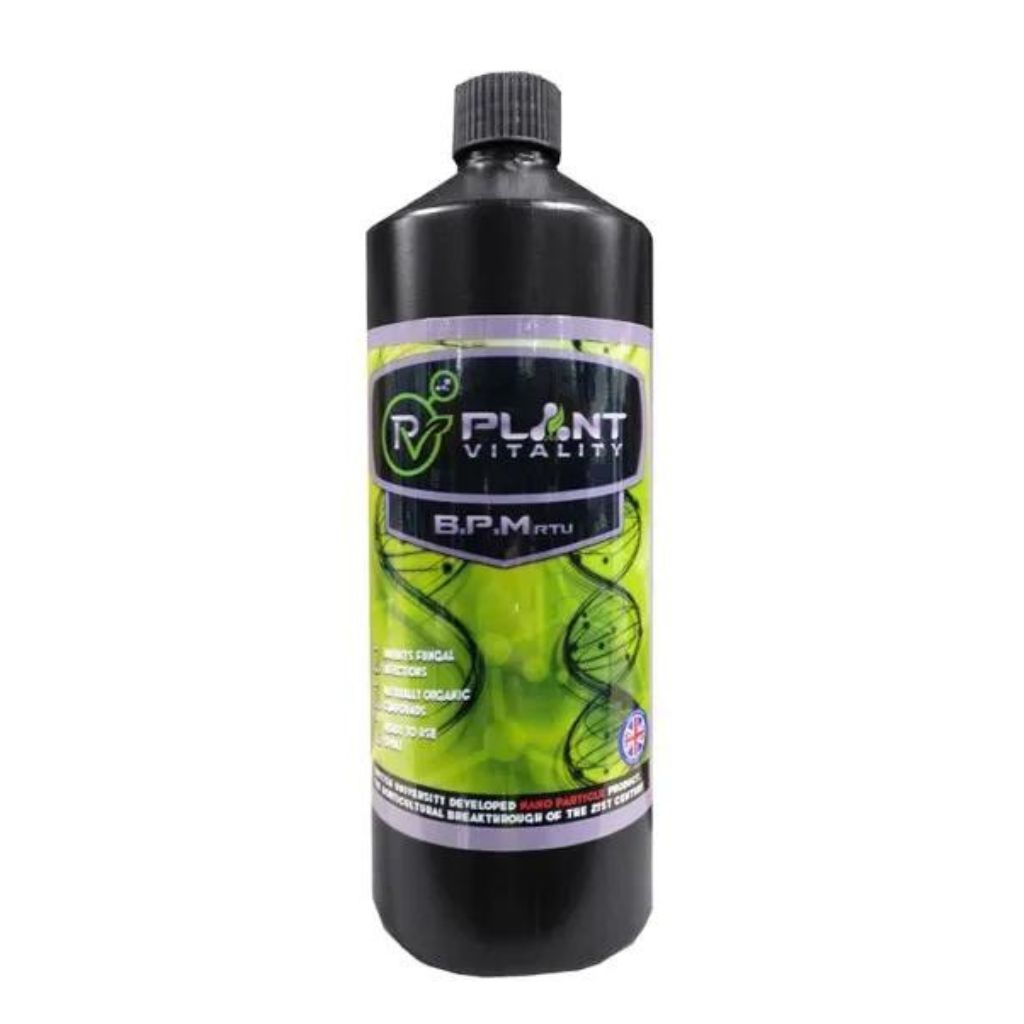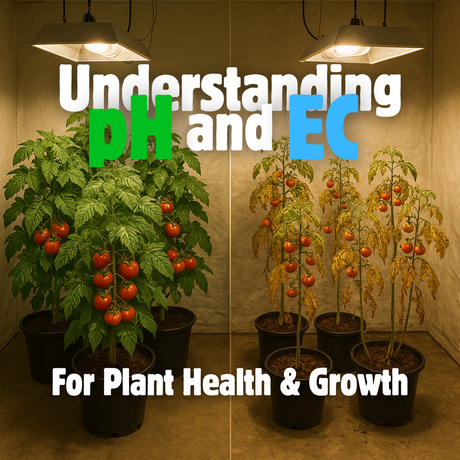Increased Risk of Pathogens: Mould, Mildew, and Bud Rot
With cooler, wetter weather outdoors, spores and pathogens become more prevalent in the air. These can easily make their way into your grow room on clothing, tools, or even through ventilation systems. Once inside, higher humidity and fluctuating temperatures provide ideal conditions for problems like powdery mildew, botrytis (bud rot), and other fungal issues to take hold.
The best defence is a combination of environmental control and good hygiene, as well as ensuring that you avoid bringing contaminants in from the outside. More importantly, manage your humidity carefully. High humidity
combined with stagnant air creates the perfect breeding ground for moulds.


